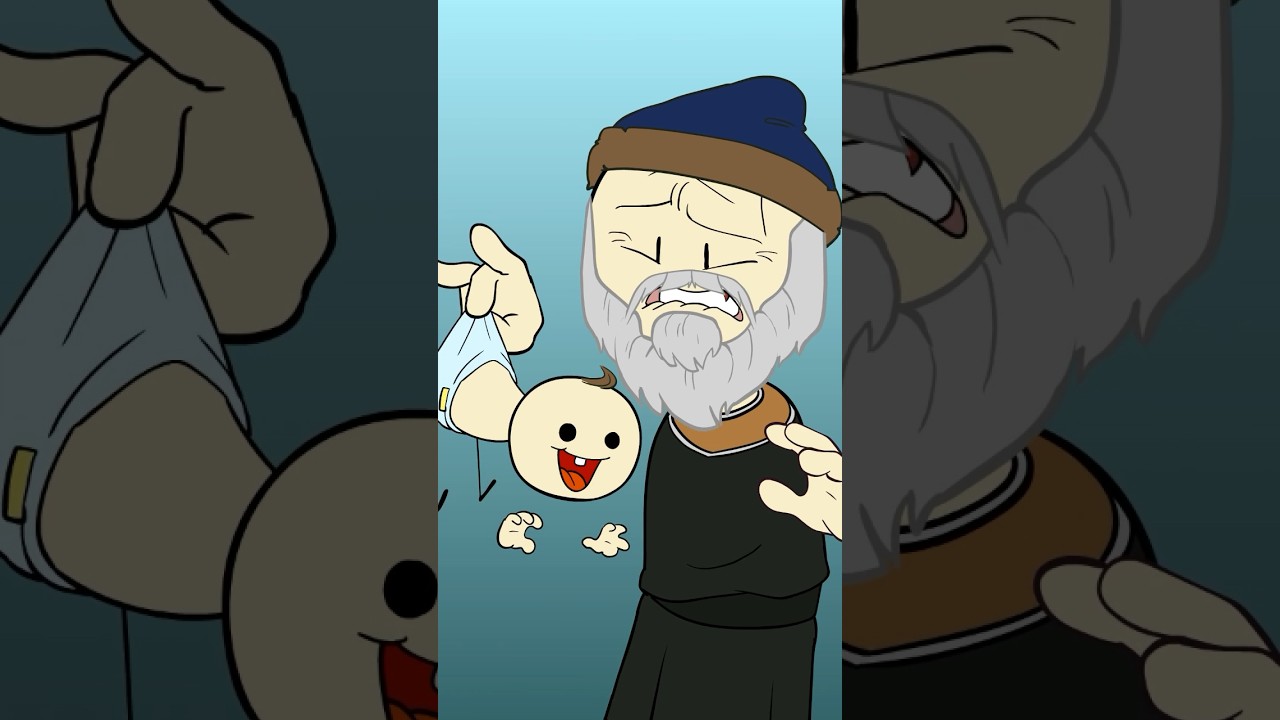Use code DAVID25 Or click the link below for 25% off your first Box with Curiosity Box
https://www.curiositybox.com?utm_source=TikTok&utm_medium=bloggers&utm_campaign=thesoulpub_aug_2025&utm_content=davidianhowe&utm_term=video
In this episode of Ethnocynology, host David Ian Howe sits down with archaeologist and anthropologist Dr. William Taylor (University of Colorado Boulder), author of Hoofbeats: How Horses Shaped Human History.
While this show usually focuses on dogs, today we shift to the other animal that transformed humanity: the horse. Dr. Taylor walks us through the evolutionary history of horses, their domestication on the Eurasian steppe, and their reintroduction to the Americas after the Ice Age. Together we explore how humans first interacted with horses—as prey, symbols in cave art, sources of milk and meat, and eventually as partners in transport, warfare, and belief systems.
Hoofbeats: How Horses Shaped Human History by Dr. William Taylor — available on Amazon and other retailers.
Topics include:
The origins of domestic horses around 2000 BC in the Caucasus steppes
Horses evolving in North America, going extinct, and being reintroduced by the Spanish
Hunting evidence from sites like Schöningen in Germany and Bluefish Caves in the Yukon
Horses in Paleolithic cave art (Lascaux, Chauvet) and the Vogelherd ivory carving
Evidence for early horse riding and chariot use in Egypt, Assyria, and beyond
The role of horses in indigenous North and South American societies before widespread European contact
Ethno-equine parallels in Mongolia, Australia, and Patagonia, where horses shaped cultural, spiritual, and economic life
This is Part 1 of a two-part series: next time, David speaks with Cassidy Thornhill of the University of Wyoming, who researches the protohistoric introduction of horses into the Americas.
If you enjoy the episode, please rate and review Ethnocynology on Apple Podcasts and Spotify. It helps more people discover the show and supports the entire Archaeology Podcast Network.
__________________________
Chapters:
0:00 Intro and Dr. Wiliam Taylor
2:43 Horse domestication areas
4:40 Early evolutionary history / The Americas
6:34 Earliest human-horse interactions / Hunting / Art
10:47 Were horses milked?
13:36 The Vogelherd Horse
17:05 Curiosity Box
18:59 Horse reintroduction into the Americas
24:30 Indigenous horse interactions
28:17 Do horses do so well because they are from here?
30:49 How do we find horses archaeologically?
34:30 Horse back riding origins / Egypt / Chariots
41:29 Ethoequineology: Mongolia
43:53 Ethoequineology: Australia
45:14 Ethoequineology: Patagonia
48:03 Closing Thoughts
______________________________
Ethnocynology is brought to you by the Archaeology Podcast Network and Howe and Why productions, LLC
Director: David Ian Howe
Producers: Chris Webster, Tristan Boyle, Rachel Roden, Ashleigh Airey
Podcast editors: Rachel Roden, Chris Webster
Video editor: David Ian Howe
Music: KNOWMADIC
Intro Animations: Ilene German
www.archpodnet.com
Explore more of this pack:
Subscribe for more comedic anthropology & canine archaeology
#Anthropology #DogsInCulture #Ethnocynology #Science #Comedian #Archaeology #Podcast #ComedyPodcast #Comedian #Archaeologist








It is not domestication of the horse, it is enslavement. For one moment, I ask you to picture man on the back of a horse.
Great video thanks – as a layperson, it is always hugely interesting to hear about the detailed study of fascinating questions like these. It's clear that horses are a huge part of Human history, and learning about how far back it actually goes is a genuine treat. Thank you! 🙂
I dont think that one can look at dogs and horses and their domestication abmnd relationship with man, say one is more important than the other. There were inportant niches in man's evolution, and various areas of development, where the dog fit in as the perfect companion and helpmate, and the same with the horse. Sometimes a culture or evolutionary period found only one or the other fit a niche, while other times both fit niches, one more important than the other sort of as you ask, whichbwas thing one, and which was thing too. But more importantly were those periods where both were number one. Dogs and horses both met needs man had, both socially, culturally, for hunting, traveling, security, but many of the things a dog could do and offered to man, the horse could not, but then the horse could fullfil needs man had that a dog could not. They were, in my opinion a complimentary domestication, man needed both.
Horses owe their entire existence to the continent of North America.
both … 100%
Dr. Taylor, like you I've spent huge amounts of time in Mongolia and have a specific question … when a horse's head is placed on the odoo-одоо-cairn, is it placed merely severed or is the skull cleaned before being placed? … I never observed the practice but have prayed at the sites with in-laws 🙏🩵
Dogs were vastly more important to human history.
There was nothing else that filled the role of dogs.
However when it comes to role of horses there was both camels and oxen.
Both had greater impact on human development for thousands of years before horses became comparable.
What about chicken!!!!!!!!!
Excellent work.
I'm so happy that ur getting the views you deserve